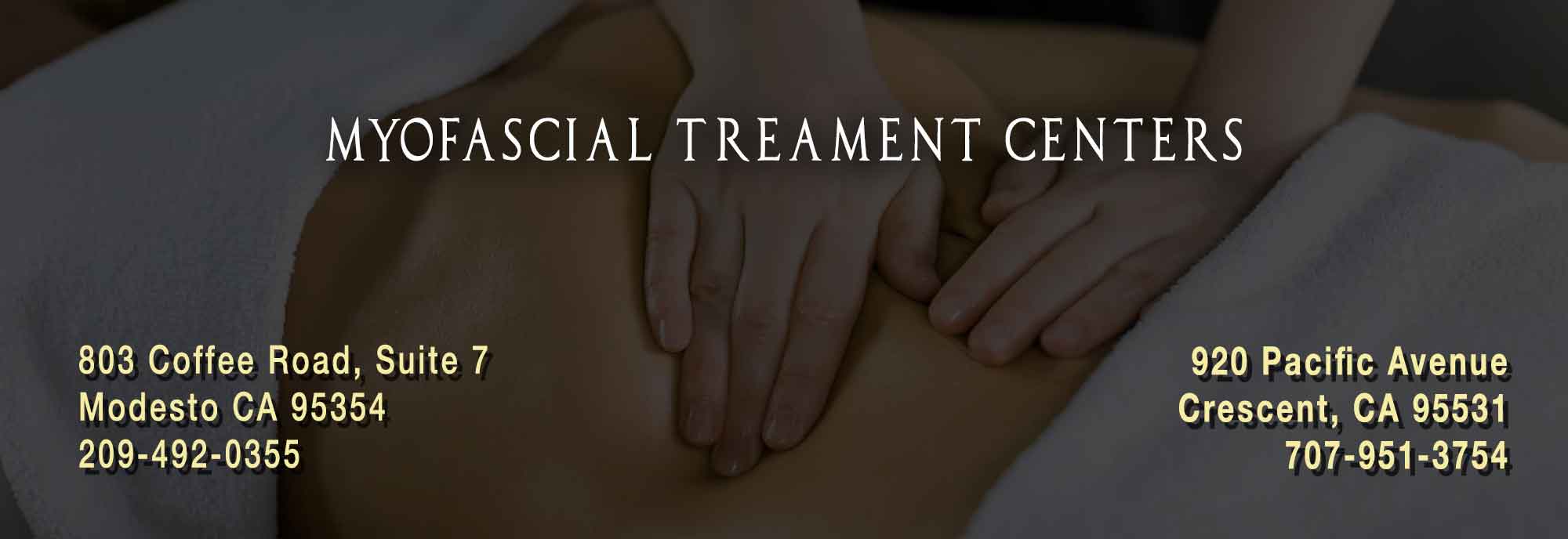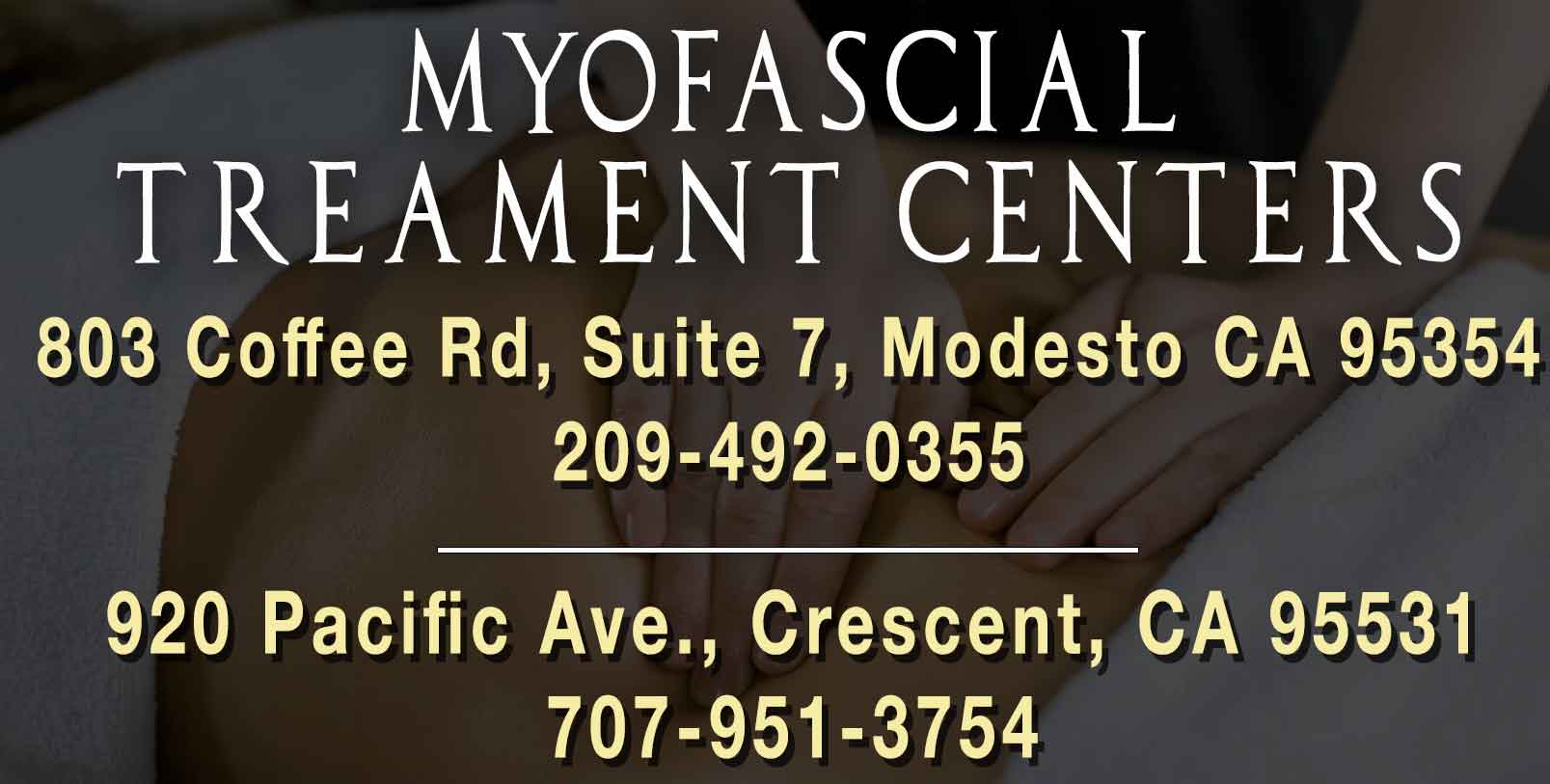Myofascial release techniques not only benefit patients with chronic pain, but can also aid patients with acute injuries by preventing the injuries from becoming chronic pain conditions.
“What people typically do when they first have pain is to ignore it. That’s the reason why there are so many patients with chronic pain,” said Teresa Stayer, PT. “If they would get treated at the time of injury, they would recover sooner and would not have to live with pain forever.”
Stayer has used the myofascial release approach on patients in an acute-care hospital beginning in 1986 and now continues to use it in an outpatient setting as vice president of SpecTraMed Inc., her private practice, in West Bloomfield, MI.
In her experience, myofascial release can be used quite effectively on acute patients and has even treated patients who sustained severe injuries on the same day they were admitted to the hospital, i.e., motor vehicle accidents and orthopedic injuries. “That’s when you want to treat them. One of the positive effects of myofascial release is to increase localized circulation in the injured area which will enhance and quicken the healing response,” Stayer said.
FASCIA is a three dimensional web surrounding every tissue of the body which runs from head to toe without interruption, she explained. Myofascial spans have the propensity through trauma, inflammatory process and poor posture to become solidified and shortened down, and can produce enormous tensile strength of up to 2,000 pounds per square inch. This pressure from the myofascial restrictions can put abnormal pressure on the nerve that innervates the muscle, compromises the circulation and pulls the osseous structures to close together, which can jam the facet joints and bulge the disk.
Stayer prefers to treat patients before they become chronic. A physician on the hospital softball team, for example, pulled his quadriceps while running to first base. Stayer performed a deep cross hand myofascial release across the pulled muscle and the doctor went out and finished the rest of the game. “He didn’t have to live with that pull for a week, a month or a year before it got treated [as other people might have done],” noted Stayer. Getting to the injury right away is the best treatment short of avoiding the injury altogether.
In sports medicine, avoiding injury is the name of the game, and myofascial therapy can help in that arena, also. While using myofascial therapy is just one method that therapists have to treat patients, it can be a very effective one in the right situation, noted John Woolf, PT, ATC.
Woolf is the director of the Arizona Athletic Treatment Center at the University of Arizona, in Tucson. He presented a program on using myofascial techniques for athletes at the National Athletic Trainers’ Association annual conference in June.
Myofascial techniques are beneficial for stretching and preventing injuries, as well as treating injuries, Woolf indicated. He explained that in traditional orthopedic rehabilitation, a stretch seems to exist only in one plane. A standard hamstring stretch might require a patient to lie supine, lift the leg in the air, and hold and relax the muscle. The myofascial technique leg pull, on the other hand, involves traction to the entire leg combined with range of motion.
Both techniques are appropriate in their own situations. Woolf described that the myofascial leg pull technique, for example, may be used when the athlete resists the raised straight-leg stretch, rolls the hip up because it’s uncomfortable or doesn’t feel it’s working.
IN SUCH CASES, the leg pull provides more relaxation and control of increasing range of motion. Athletes have said that the stretch feels deeper and muscles feel looser, noted Woolf.
He acknowledged that myofascial therapy is often delivered for outpatient orthopedic or chronic pain patients. But when he began to apply it in the sports medicine setting, he was surprised to find how many athletes have chronic pain syndromes.
These include back pain, neck pain and recurring tendinitis, which could be incorrectly classified among general athletic diagnoses as strained or pulled muscles. The athlete may realize that what feels like a pulled muscle could be the result of a long-time fascial restriction.
Woolf also incorporates the techniques into pregame and preworkout warm-ups. He gave the example of a football place kicker who has a soccer-style kick; the kicker does not run at the ball head on but comes more form the side and across. The kicker moves from abduction to adduction and by using the leg-pull technique, the therapist is able to stretch him throughout his functional motion.
Furthermore, this technique provides a relaxation throughout the lower limb and even into the low back, as opposed to just stretching the hamstring. Woolf reminded that the myofascial extends throughout the entire body. That reflects how treatment should be provided.
In traditional orthopedic treatment, and the way anatomy is view, the body is segmentalized: an arm or leg is treated. For patients in general, and athletes in particular, Woolf said he disagrees with the notion. “We don’t do anything with just a segment. We use our entire bodies in sports, so that has to be kept in mind when determining the problem and providing treatment.”
Woolf keeps it in mind when treating acute injuries. If he needs to include a myofascial technique within his treatment of an acute injury, he can treat the proximate area. “You can get more intense with the technique as you get further away from the injury and still have a positive impact,” he said.
That’s exactly how myofascial release treatment works, said Stayer “You find the pain and look elsewhere for the cause.”
She described a woman with low back pain who had come to the hospital for physical therapy prior to scheduled surgery. The woman had torsion of the sacrum which was compressing the nerve roots and causing weakness in the lower extremities. The woman was treated with myofascial release techniques to initially balance the pelvis by releasing the psoas piriformis, iliotibial band, soleus and hamstrings. As a result, the woman became pain free and was able to avid a lumbar laminectomy.
“The techniques, however, have to be done properly in order to work,” emphasized Stayer. Although holding the stretch for 90 to 120 seconds will get the myofascial release started, it’s usually not enough to make a permanent change. She recommended holding the stretch, in each area, for three to five minutes to allow the release cycle to complete.
Stayer said that she believes all physical therapists could benefit form learning how to do myofascial release. However, she cautioned that it is not appropriate for all patients. Contraindications include malignancies, systemic or localized infections, and aneurysms, for example.
Similarly, not all techniques can be done on all patients. While Stayer could use myofascial release on a pregnant woman for low back pain, she wouldn’t use a psoas release, in particular.
The myofascial release approach has been around for years, but it is still a relatively new concept to insurance companies. As of 1995, myofascial release received its own CPT code (97250), although practitioners can only use it for one 15 minute unit per patient per day.
Stayer explained that with only 15 minutes, myofascial release is viewed as the equivalent of a modality, like a hotpack, which she considers to be much less effective. Nevertheless, she often complements this 15-minute treatment with soft tissue mobilization, neuromuscular re-education or therapeutic exercise.
Currently, Stayer is in contact with the American Medical Association in a effort to obtain approval on extending the treatment time. Insurance companies should know that sufficient myofascial release treatment, in the acute phase, in conjunction with other therapy, can head off potentially more serious (and more costly) chronic pain conditions. “The ultimate goal of myofascial release whether done in the acute or chronic state is to return patients to an active pain-free lifestyle.” concluded Stayer.
The Myofascial Release approach is a John F. Barnes technique/modality. The Myofascial Treatment Center of Modesto subscribes to this approach and endorses Mr. Barnes and his colleagues for their ongoing research and development in this field.
For additional information and appointments contact
The Myofascial Treatment Center of Modesto
1317 Oakdale Road, Suite 610
Modesto, CA 95355
(209) 492-0355
E-Mail: myofascialtxcenter@sbcglobal.net

